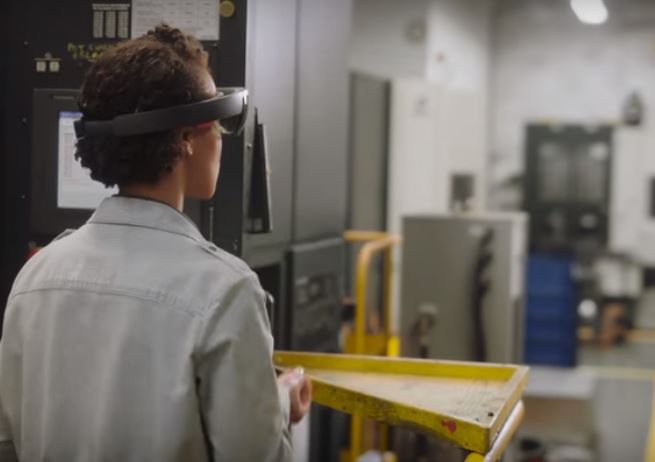Microsoft looks to Cortana, Teams, ambient intelligence for smarter meetings

Microsoft's annual Build conference is where coding demos typically get the most love from attendees. But at Day 1 of Build 2018, a conceptual demo of how meetings in the future may work got just as much attention and applause, if not more.

Microsoft foreshadowed some of these smart-meeting scenarios a year ago in a podcast, describing Cortana conference room features that one day could become commonplace. I'd expect the second version of the company's Surface Hub conferencing system, which could be available in late 2018 or early 2019, to be key here, as well.
Cortana, Microsoft's personal digital assistant, is at the center of these kinds of scenarios. Cortana has fallen behind Alexa and Google Home in terms of number of skills available and devices that are integrating the service. Microsoft is looking to its Alexa-Cortana integration partnership -- announced last year, but still only available in limited closed preview (with no final ETA date available) -- as one way to try to get Cortana working on more devices, such as Amazon's Echo.
But the company also is embedding Cortana in more of its own apps and services, including its Teams workplace chat product; Outlook; and Windows (via the shell) to make it available to users where they are and in the context where they're working.
TechRepublic: Microsoft Cortana: The smart person's guide
In its Build "future of modern meetings" demonstration, officials showed a prototype of a conferencing device on a desk that would pick up audio and video and pair it with Microsoft 365 and the Microsoft Graph to provide automatic identification of meeting participants, real-time transcription and real-time translation. Cortana can help participants to set up meetings, find conference rooms, and set "to do" and other kinds of reminders inside documents.
(There's no word when/if Microsoft will actually make or partner with another company to deliver this type of smart conferencing system. But I've heard Microsoft could end up making its own Surface-branded conferencing headset at some point that could be used with Surface PCs and devices, as well as other Windows 10 computers.)
Microsoft also is looking for ways to bring HoloLens augmented-reality goggles and other kinds of mixed-reality headsets a part of the smart meeting environment.
CNET: Build 2018: Livestream, start time, what to expect
During Build on May 7, Microsoft showed as part of the smart meetings demo some participants wearing these kinds of devices in order to view data spatially. Microsoft officials said that the company is working to add this kind of spatial data to its Microsoft Graph programming interface.
Microsoft officials also showed off two new business-focused apps built for the HoloLens that will be available in preview form on May 22. Remote Assist is a hands-free video calling app for firstline/customer service workers and Microsoft Layout is an app for designing spaces in mixed reality using 3D models with layouts for holograms. The team also is building two other new augmented/mixed reality apps for HoloLens and Windows Mixed Reality headsets: one for Training and Dev and another for product-focused collaboration.
Microsoft execs also talked up the coming Project Kinect for Azure developer kit. This sensor kit includes Microsoft's next-generation 1MP depth camera, 4K RGB camera and a 360 degree microphone array with Azure services. It sounds like the Kinect for Azure kit may not be available until 2019.
Maybe that conferencing system prototype that Microsoft showed uses this camera module (?). Devices incorporating this kind of hardware also could figure in holoportation and telepresence functionality, which, again, could be part of Microsoft's vision for smarter, better meetings.